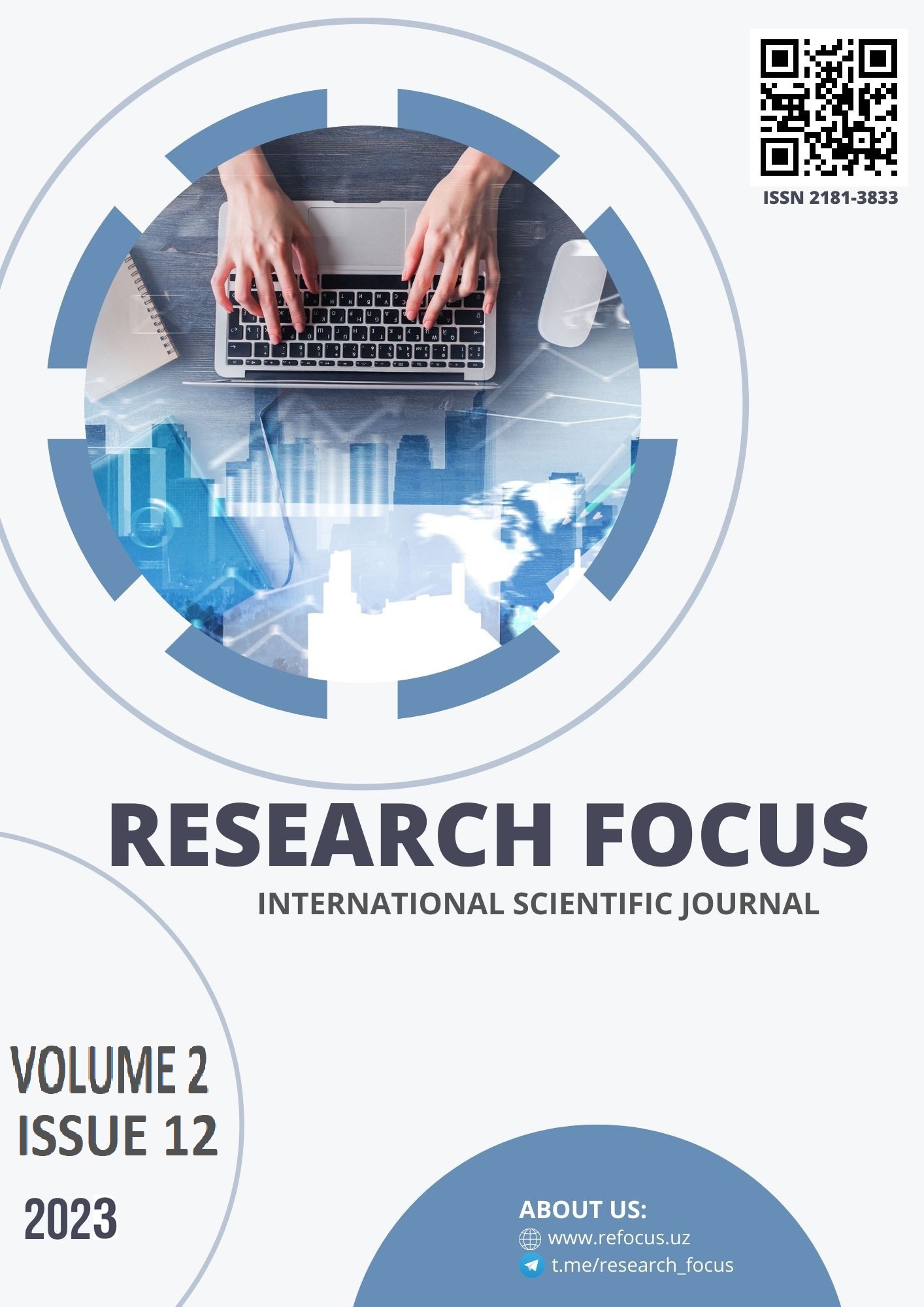TOPIC: TO DEVELOP SKILLS OF SPEAKING IN B1 LEVEL STUDENTS.
Main Article Content
Abstract
This article aims to explore effective methods for developing speaking skills in B1 level students, focusing on the importance of communicative competence. Through a literature analysis, various strategies will be examined to identify key elements that contribute to successful language acquisition at this level. The methods section will outline practical approaches for educators, incorporating interactive activities and motivation techniques. The results section will present the outcomes of applying these methods, followed by a discussion that delves into the implications of the findings. Finally, the article will conclude with suggestions for further research and practical recommendations for teachers.
Article Details

This work is licensed under a Creative Commons Attribution 4.0 International License.
References
Albino, G. (2017). Improving Speaking Fluency in a Task-Based Language Teaching Approach: The Case of EFL Learners at PUNIV-Cazenga. SAGE Open, 7(2). https://doi.org/10.1177/2158244017691077
Alterio, M. (2008). Using storytelling to Enhance Student Learning. The Higher Education Academy, 28(3), 232–239. https://doi.org/10.1016/j.nedt.2007.05.001
Fraenkel, J. R., Wallen, N. E., & Hyun, H. H. (2012). How to Design and Evaluate Reseacrh in Education (Eight). New York: The McGraw-Hill Companies.
Ismaili, M., & Bajrami, L. (2016). Information Gap Activities to Enhance Speaking Skills of Elementary Level Students. Procedia - Social and Behavioral Sciences, 232, 612–616. https://doi.org/10.1016/j.sbspro.2016.10.084
Marcellino, M. (2008). Eng;ish Language Teaching in Indonesia: a Continuous Challenge in Education and Cultural Diversity. TEFLIN Journal, 19, 57–69.
Richards, J. C. (2006). Communicative Language Teaching Today. In Cambridge University Press (Vol. 1). Retrieved from https://www.professorjackrichards.com/wp-content/uploads/RichardsCommunicative-Language.pdf

